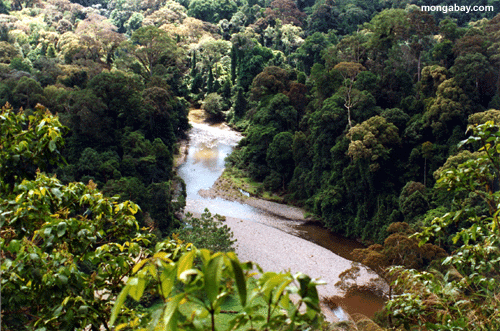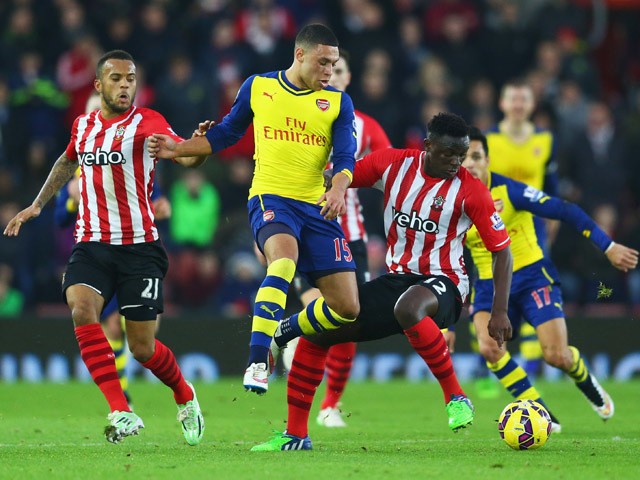We're read about a lot of different ways to communicate throughout history, and the first one that was mentioned is still in use today. Writing a letter. When was the last time you wrote a letter? Not an email, not a note left on the kitchen counter, not a secret message passed to your friend in the next desk, but a real, honest letter sent in the mail?
Now we have things like Facetime and Skype that allow us to talk face to face with people who are far away.
We can send texts with our phones.
We can send mail electronically.
But maybe, just maybe, we should write more letters. What do you think?



